The Circular Economy and Its Effects on the Final Mile
By Gordon More, IDS Internet Dispatch Services Ltd
"Circular Economy is an economic system aimed at eliminating waste and the continual use of resources. Circular systems employ reuse, sharing, repair, refurbishment, remanufacturing and recycling to create a closed-loop system. Minimizing the use of resource inputs and the creation of waste, pollution and carbon emissions.“ – The Circular Economy – A new sustainability paradigm?
After 2 years of researching, I finally took the leap and purchased an Electric Vehicle (EV). In doing my research I noticed car reviews were consistently asked about the EV’s battery at the end of its life. This is an excellent question that I, too, had concerns about.
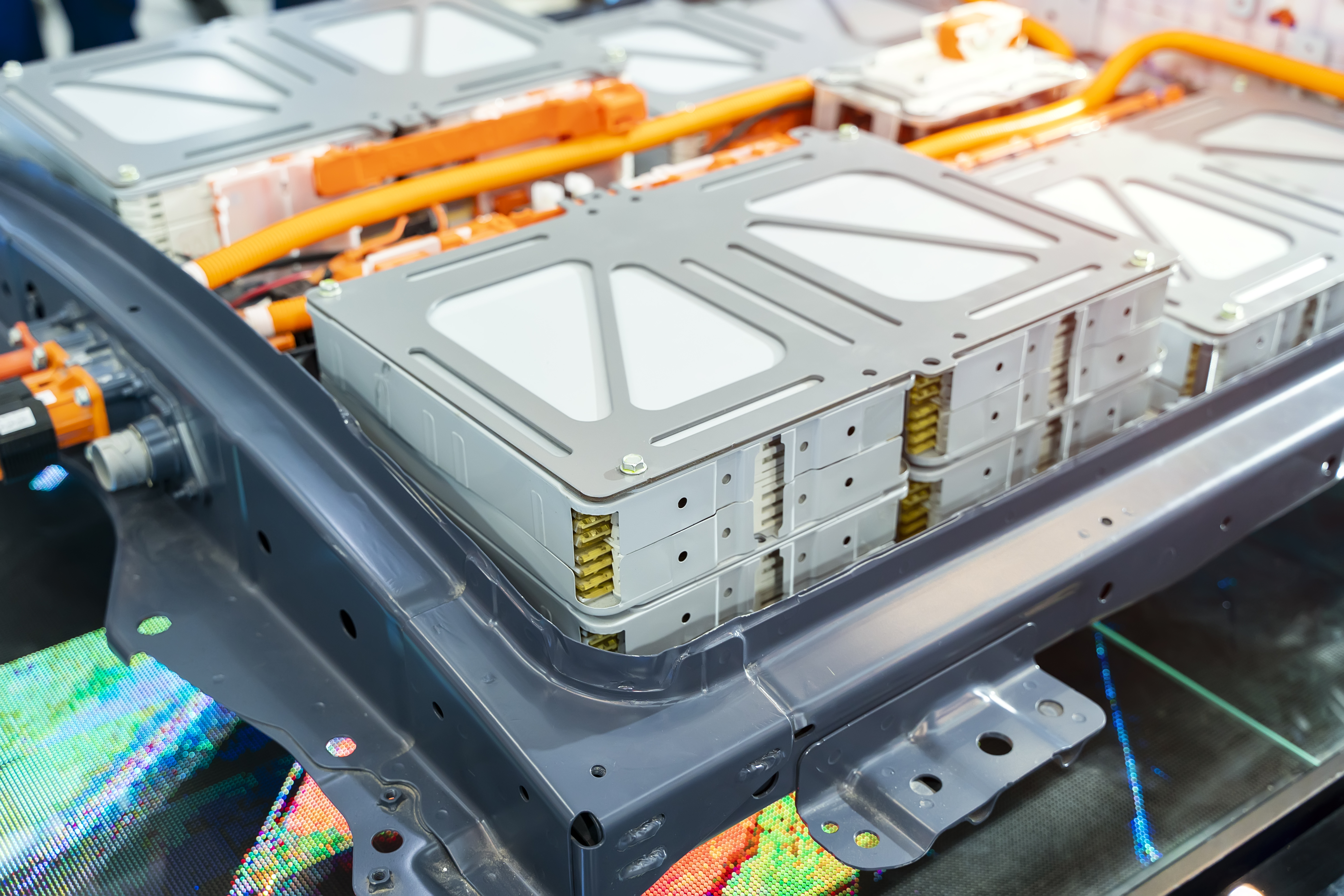 Conversely, when purchasing an Internal Combustion Engine (ICE) vehicle, no reviews were asking what happens to the engine.
Conversely, when purchasing an Internal Combustion Engine (ICE) vehicle, no reviews were asking what happens to the engine.
The conversation about EV batteries reflects an increased consciousness of the Circular Economy.
In short, a recent survey conducted by Accenture found:
- 83% of respondents said it's important or extremely important for companies to design a product that is meant to be reused or recycled.
- 72% of respondents said they’re currently buying more environmentally friendly products than they were five years ago.
Reverse Logistics. A complete supply chain dedicated to the reverse flow of products and materials for the purpose of returns, repair, remanufacture, and/or recycling. – Reverse Logistics Association
WHAT DOES THIS MEAN FOR REVERSE LOGISTICS?
The reuse and recycling of returned products, combined with the era of free returns, places a high demand on reverse logistics. As such, experts estimate the worldwide reverse logistics market value at US$967.89 billion. Experts further estimate a growth of 5.9% CAGR.
WHAT DOES THIS MEAN FOR THE FINAL MILE?
Final Mile (also known a Last Mile) is a phrase widely used to refer to the final leg of a delivery. The increased volume of products flowing back from the consumer is increasing pressure on Final Mile and Logistics companies.
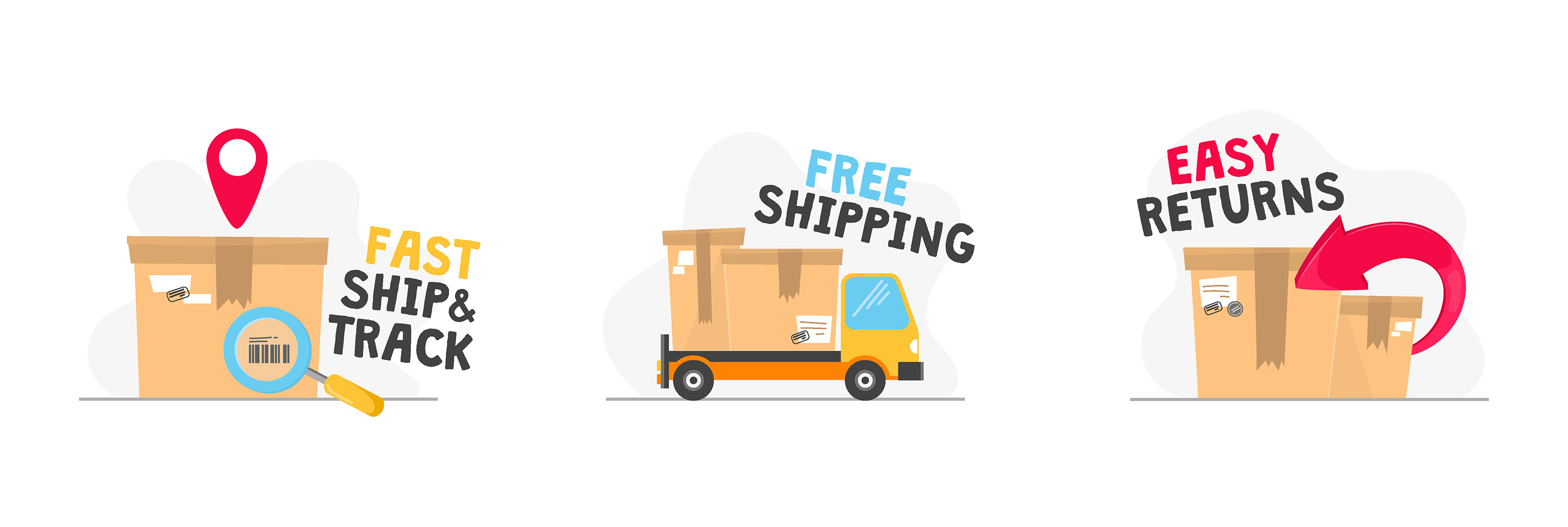
Interestingly, with the mass adoption of smart mobile devices starting in 2007, the final mile industry has progressed from 2-way radios, pigeonholes, paper slips, and Excel sheets to real-time tracking, online entry, and automated routing. Sadly, most are using this technology only for “forward” logistics.
- Only 6% of the companies who use our technology for forward logistics are using technology for reverse logistics.
- 34% are using Excel spreadsheets, paper-based, or nothing at all. Some are simply providing no tracking.
- 60% don’t participate in the Final Mile of reverse logistics. Though they could easily take part.
WHY IS THIS?
Simply put, companies aren’t sure whether “the struggle is worth the outcome”. Given most Final Mile forward logistics technology doesn’t fit the needs of reverse logistics, a technology investment needs to be made.
Here are some good reasons why you need to invest in the Final Mile reverse logistics chain:
- Illicit Trade. Theft during the Final Mile helps to fuel illicit trade.
- Brand Protection. The resale of damaged goods through illicit markets damages the perception of a product’s brand.
- Data Gap. This can be broken down into 2 categories which are:
- Big Picture. Decision-makers need the data from each silo to see the big picture and make decisions. Neither paper-based tracking nor Excel provides the Final Mile reverse logistics data to decision-makers. Reverse logistics Final Mile technology will provide this needed data.
- Predict and Prepare the Returns Center. Operation Managers need this data to visualize the Final Mile picture. This will allow them to prepare for the change of flow back at the returns centers.
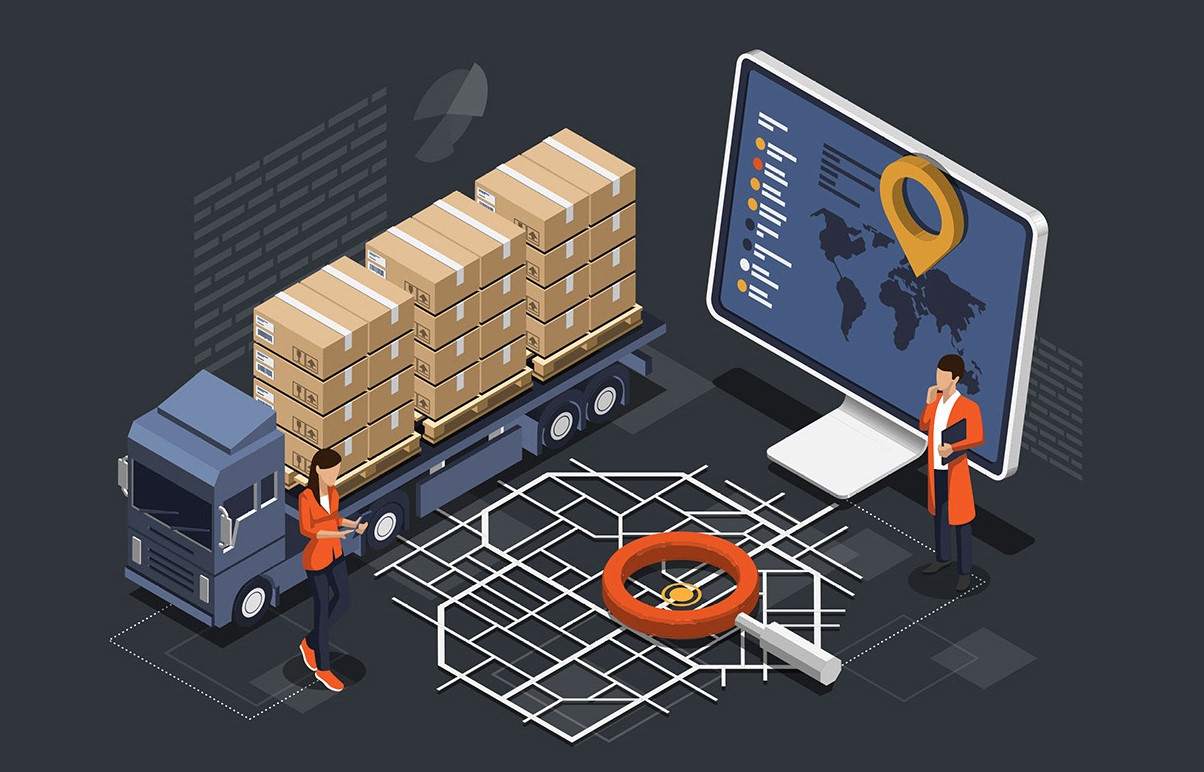
HOW DO WE ADDRESS THIS?
Previously, I wrote a post discussing Innovative Ways to Pick Up a Return which laid out two ways to address reverse logistics in the Final Mile space. These two ways are:
- Use your drivers as a resource. Have your drivers scan the product and quantity being returned at the point of pick up, instead of at the returns center, saving you time and money. This also starts the tracking and tracing of those returned goods right away, not later at a hub or warehouse.
- Pick Up and Go. With the product already securely packaged, you can capture proof of pick up and a time of pick up to start the tracking and tracing of those goods.
LOOKING FORWARD WITH TECHNOLOGY
BLOCKCHAIN
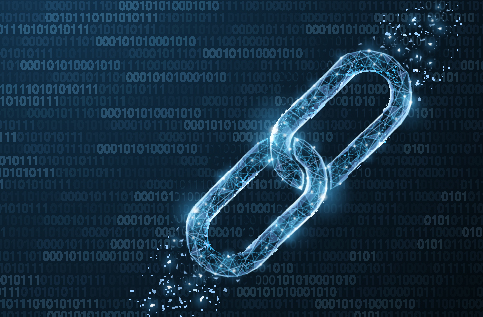 Organizations and manufacturers are creating unique hash keys for each product that then connects to its unique blockchain record. With this in mind connecting reverse logistics Final Mile technology to access a product’s blockchain record adds extra layers to security, tracking, and auditing.
Organizations and manufacturers are creating unique hash keys for each product that then connects to its unique blockchain record. With this in mind connecting reverse logistics Final Mile technology to access a product’s blockchain record adds extra layers to security, tracking, and auditing.
For instance, Blockchain can confirm the right product at the point of pick-up and can assist with sorting by ensuring the right product goes into the right shipping container en route to the right location.
Similarly, blockchain helps to correctly place products into a destruction shipping container, which means you can confidently create death certificates en masse for all products inside a destruction trailer.
DUAL GNSS
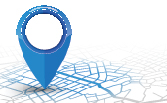 You may be surprised to know there is a new technological upgrade being quietly deployed with little notice: Dual GNSS GPS.
You may be surprised to know there is a new technological upgrade being quietly deployed with little notice: Dual GNSS GPS.
Dual GNSS GPS consistently brings mobile GPS accuracy down from 5 meters (16 feet) to 30 cm (12 inches).
There are two reasons why this hidden upgrade will have a positive effect on reverse logistics:
- Creating Shipments in the Field. Unfortunately with reverse logistics, drivers can arrive at pick-up locations without an electronic shipment. For that reason, a driver needs to use their mobile device to create a shipment, in the field, at the point of pick up. Thankfully GPS coordinates can accurately be geolocated to an address using the consistent refined accuracy of Dual GNSS GPS. Using the geolocated pick-up address, a shipment is created. As a result tracking and tracing can take place right from the point of pick up.
- Chain of Custody. Proving a pick-up location when returning controlled substances like pharmaceuticals, cannabis, and tobacco has relied heavily on location barcodes. As a result, the cost of implementing and managing location barcodes has been a burden since the 1970s. With the real and consistent accurate GPS coordinates captured by Dual GNSS GPS, location barcodes will become a thing of the past.
In summary, consumer engagement in the Circular Economy is putting more and more pressure on the Final Mile industry. By using the right technology, reverse logistics can become a source of gain and no longer a source of pain.
Article originally published on 11/20/2020 at https://www.idsapp.com/the-circular-economy-and-its-effects-on-the-final-mile/
Sources:
– “The Circular Economy – A new sustainability paradigm?” (https://www.repository.cam.ac.uk/handle/1810/261957)
 Gordon More
Gordon MoreGordon More has been designing software and mobile applications for the Delivery and Logistics Industry since 2005.
He is passionate about designing software to solve complex issues with elegance and simplicity.
His work improves security and efficiency in the US for pharmaceutical deliveries, and brings ease to Reverse Logistics in Australia.